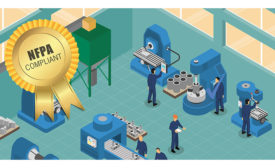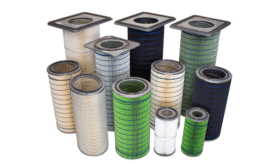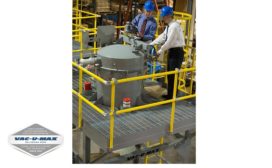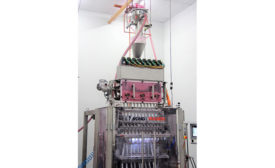Home » Combustible dust
Articles Tagged with ''Combustible dust''
C&W Manufacturing is now C&W DustTech
New name. same singular focus on dust.
March 9, 2020
Protecting the Plant from Catastrophic Combustible Dust Explosions
Industrial vacuums are the right tool for preventing secondary explosions
January 13, 2020
2020 Top Standards: National Fire Protection Association (NFPA)
NFPA 652 standard on fundamentals of combustible dust
January 1, 2020
Become a Leader in Safety Culture
Build your knowledge with ISHN, covering key safety, health and industrial hygiene news, products, and trends.
JOIN TODAYCopyright ©2025. All Rights Reserved BNP Media.
Design, CMS, Hosting & Web Development :: ePublishing









